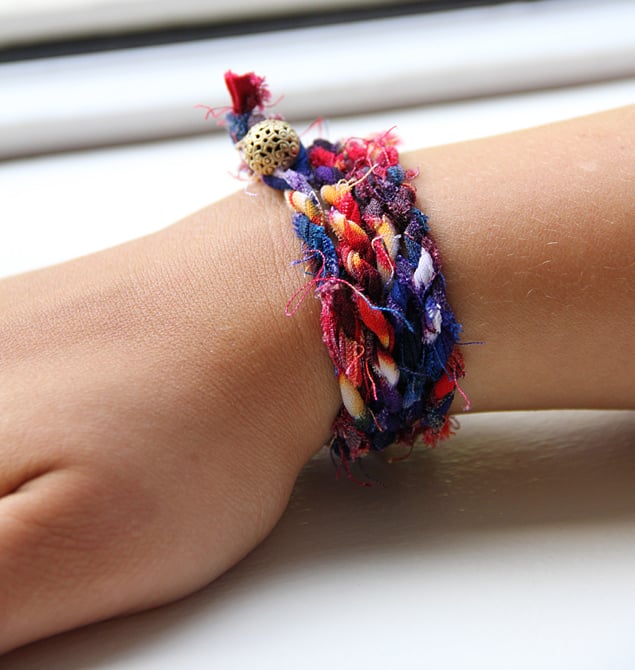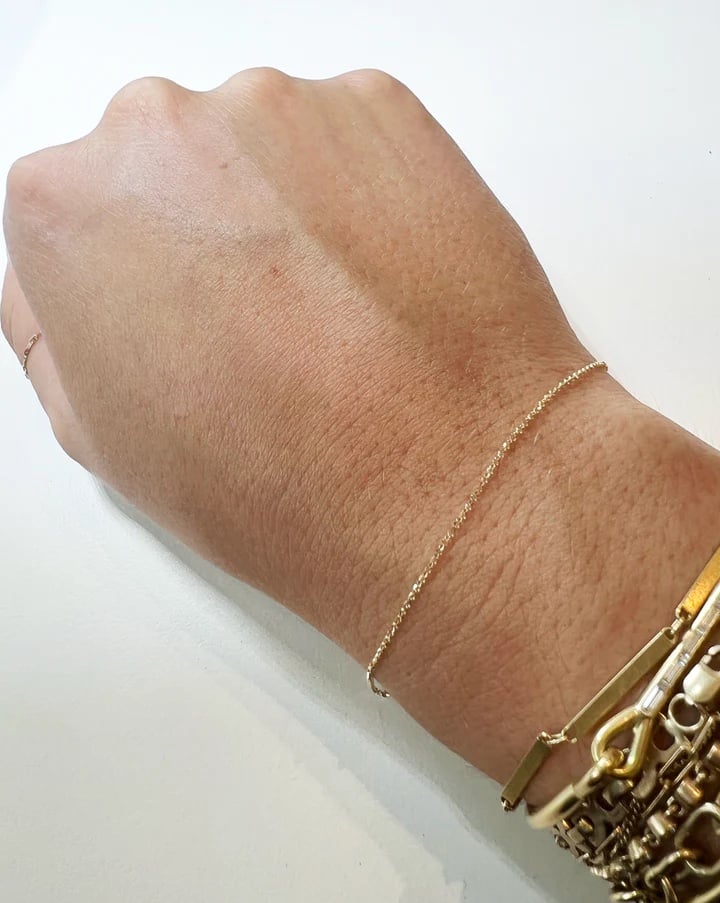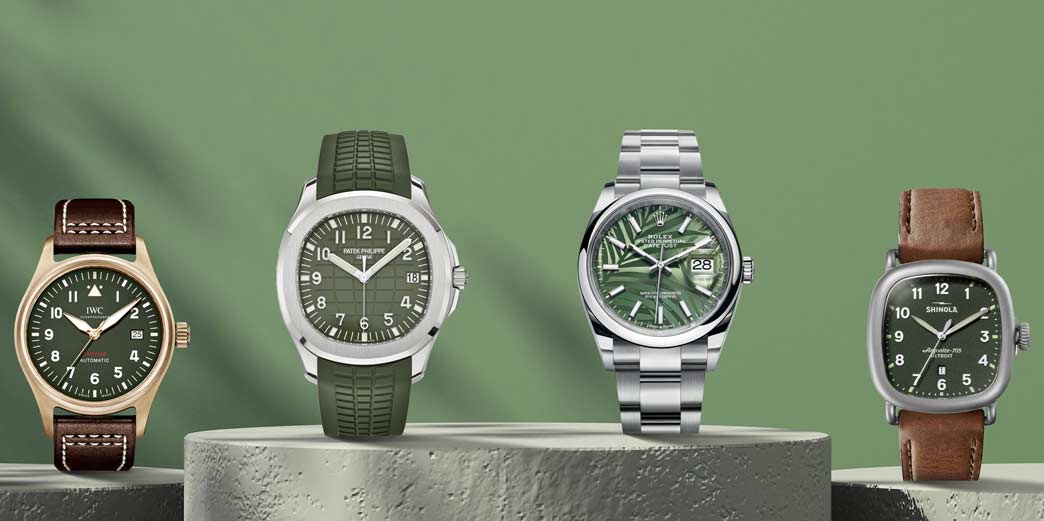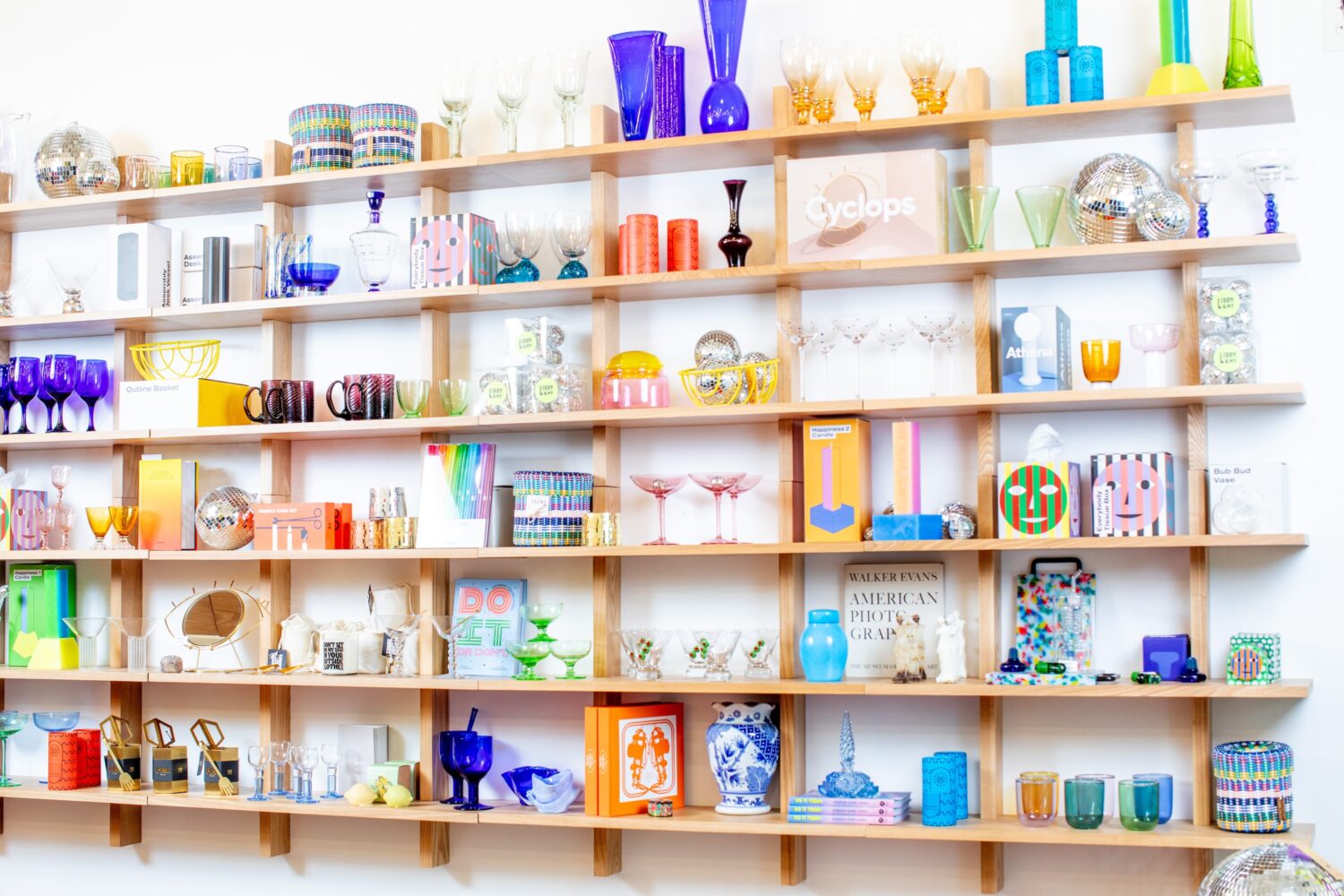When I was in high school, I hated the school uniform we were required to wear—it was an imposed style uniform I had no say in, and my distaste for it may have had something to do with the fact that our high school, which had some kind of tenuous Welsh heritage, made female students wear plaid-printed green, yellow, and white kilts.
Yet, unfortunate color combination aside, there was still something about being forced to put on the same thing every morning that seemed to chafe at my newly claimed sense of individuality as a teen. As I’ve gotten older, I’d say the opposite has become true: now that I no longer broadcast my identity with my clothes, putting together outfits for work has gotten, well, considerably less fun. That’s not to say I don’t love dressing up for a night out, or don’t still get pleasure by styling a challenging new piece just right (#nailedit), but a busy work life puts the day-to-day wardrobe on the backburner. And while the challenge of dressing for work each day is hardly exclusive to women, there is no denying that in the conventional workplace women are faced with more options and challenges than our male counterparts.
That seems to be the case for many folks—male and female—balancing a busy work schedule with a home life. So much so that some have chosen to adopt a “style uniform,” a buzzy term in the fashion world of late, and one you might associate today with genius male CEOs à la Steve Jobs’ black turtleneck and faded jeans or Mark Zuckerberg‘s grey crewneck tee.
In March I wrote about Renata Briggman, a local woman who chose to build her own style uniform in an effort to eliminate decision-making, save time, and achieve better focus on her career. She concluded after a year straight of wearing the uniform that the effects were, indeed, truly transformative. For more insight, we circled back with the stylist who developed her outfit, Rosana Vollmerhausen. Vollmerhausen is the owner and lead stylist at DC Style Factory, where she helps clients audit their wardrobes, develop their personal style, and even build style uniforms. She holds that there are certain common threads (pun intended!) to dressing in the same outfit every single day. We asked Vollmerhausen to break down the things to keep in mind when considering your own style uniform. Here, she gives advice in her own words:
Pare It Down
A complicated outfit with lots of pattern, bells and whistles, or accessories, is hard to duplicate seven days a week every week. It also is extremely memorable. The idea is that the uniform, although part of your signature look, isn’t the thing people remember. They remember you, not the dress, blouse or jacket you are wearing. Stick with solids or a simple pattern, and classic silhouettes that you can easily purchase again if something needs to be replaced.
A Style Uniform Should Be Versatile
Your uniform should be appropriate or easily adaptable to a variety of social situations. For example, although Steve Jobs’s turtleneck and jeans worked for him, I wouldn’t recommend it to a client, as it is not appropriate for many office dress codes, formal work meetings, etc. Opt for moderate options — something that could work at an upscale venue, but can also be worn in casual situations without feeling too dressy. Black is the natural choice; it always looks chic, polished and pulled together.
Make Comfort a Priority
Avoid making your signature look something that will not be comfortable to wear on a daily basis. For example, if you are on your feet during the work day, three- or four-inch heels may not be a smart choice.
Choose Pieces that Transition Well
Pay attention to fabric for your uniform. The pieces should be worn across three seasons at least. The more transitional the garments are, the better. For Renata’s uniform we selected lightweight three-season wool for her jacket and trousers. For her tops, we selected a variety of silk, cotton blend and viscose to work across different seasons.
A Little Flexibility Is Okay
Your signature look does not have to be exactly the same every day (although it can be), but generally the same. For example, Michael Kors is known for his aviators, a black T-shirt, jeans, and sneakers. But look closely and you will see that his jackets vary in length and style—sometimes longer, sometimes shorter. He sticks with his formula, but within that formula he plays with the details. You can still have fun with your uniform, but if a black blazer is part of it, then you know going in that is what you will be buying. Your shopping list is always the same!
Start Small and Build From There
To start out, for a uniform like Renata’s I recommend five tops, two jackets, three pairs of trousers, two pairs of pumps, and one belt. She would then gradually add to total ten tops, six pairs of trousers, four jackets, three pairs of pumps, and two belts. This leaves enough in her closet if something needs to be washed or cleaned. We also added a couple of darker tops and dark skinny jeans for more casual weekend looks that still were part of her uniform.



















